Ontario’s winter storms are renowned for their ferocity, capable of testing even the hardiest residents. In this comprehensive guide, we’ll equip you with the knowledge and strategies you need to survive and thrive during Ontario’s bitter winters. By following these practical steps, How to Survive Ontario Winter Storms: The Ultimate Guide
Understanding Ontario Winter Storms 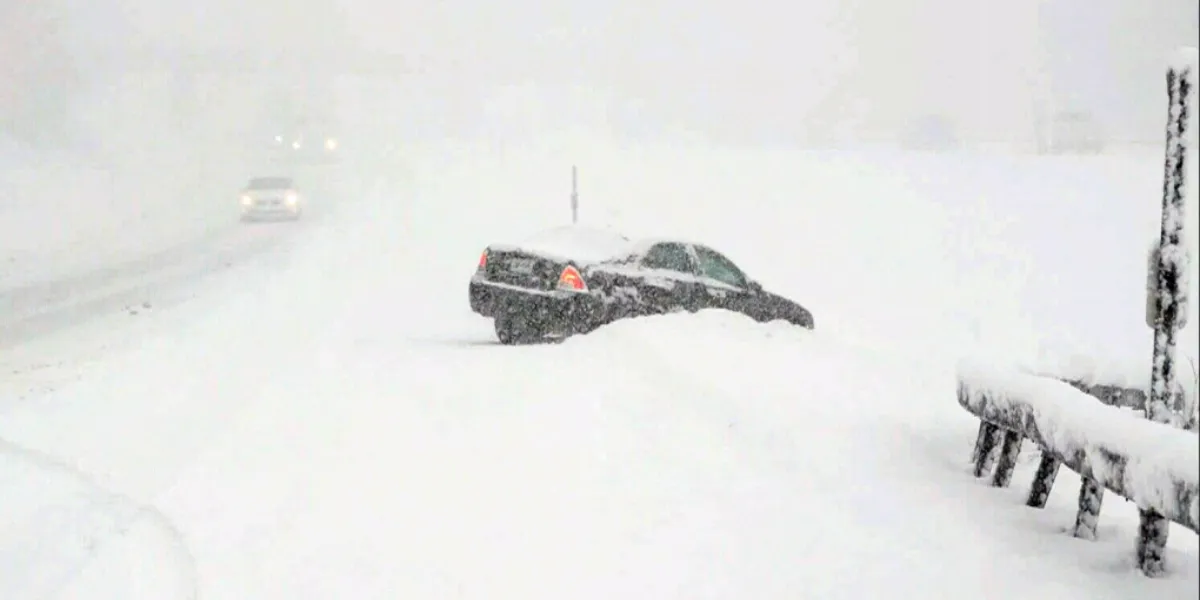
Before delving into survival tactics, let’s first understand what makes Ontario’s winter storms so severe. These storms result from the convergence of different air masses, bringing cold, moist air from the Great Lakes and warm, humid air from the south. The clash of these air masses can lead to heavy snowfall, freezing rain, and blustery winds.
Prepare Your Home
Your home is your sanctuary during a winter storm. To ensure it’s a safe and comfortable haven, take these essential steps:
– Insulate doors and windows to prevent drafts.
– Maintain your heating system and keep it in peak condition.
– Stock up on blankets, warm clothing, and extra bedding.
– Seal any cracks or gaps in your home’s exterior to prevent heat loss.
Emergency Kits
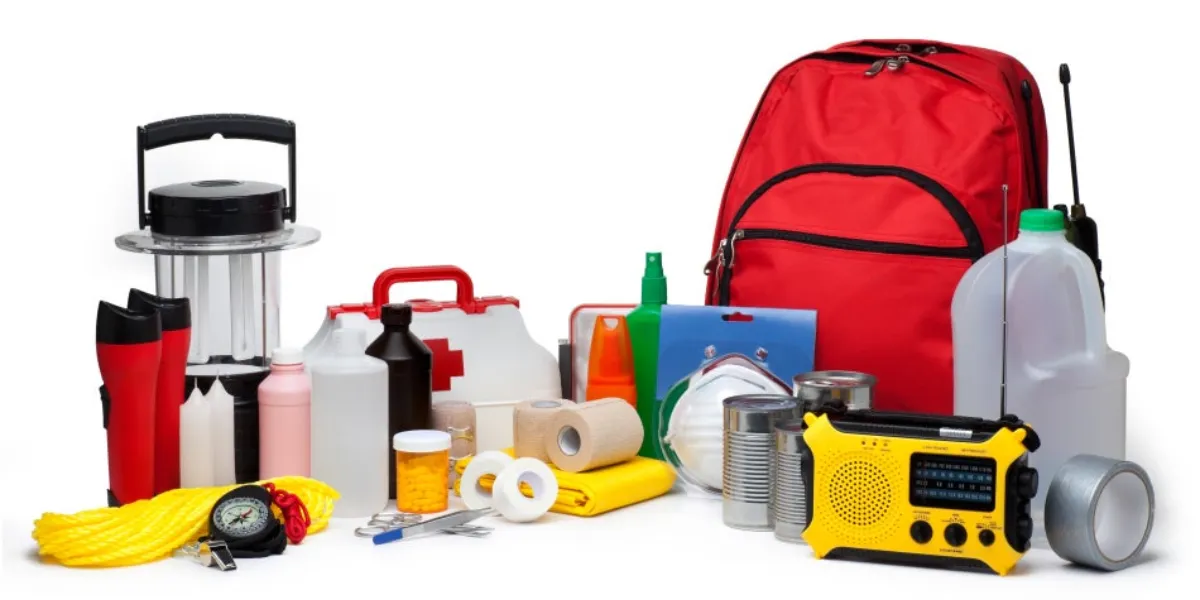
One of the most critical aspects of winter storm preparation is assembling an emergency kit. Here’s what to include:
– Non-perishable food items (canned goods, energy bars, etc.).
– A supply of clean drinking water.
– Battery-powered flashlight and radio.
– First-aid kit.
– Blankets and warm clothing.
Assembling this kit ahead of time can be a lifesaver when the power goes out or you’re snowed in.
Stay Informed
To stay ahead of the storm, stay informed. Monitor weather updates and emergency alerts through various sources, including local news, weather apps, and government websites. Pay attention to warnings and be prepared to take action when necessary.
Safe Travel Tips

If you must venture out during a winter storm, take these precautions:
– Check road conditions and closures before you leave.
– Ensure your vehicle is equipped with winter tires.
– Carry an emergency kit in your car.
– Inform someone of your travel plans, including your expected arrival time.
Remember, if the weather is severe, it’s often best to stay home and avoid unnecessary risks.
Dressing for the Cold
Proper clothing is essential to stay warm and safe during winter storms. Dress in layers, starting with moisture-wicking base layers, insulating mid-layers, and a waterproof and windproof outer layer. Don’t forget warm, waterproof boots, gloves, and a hat to protect against frostbite.
Heating Your Home
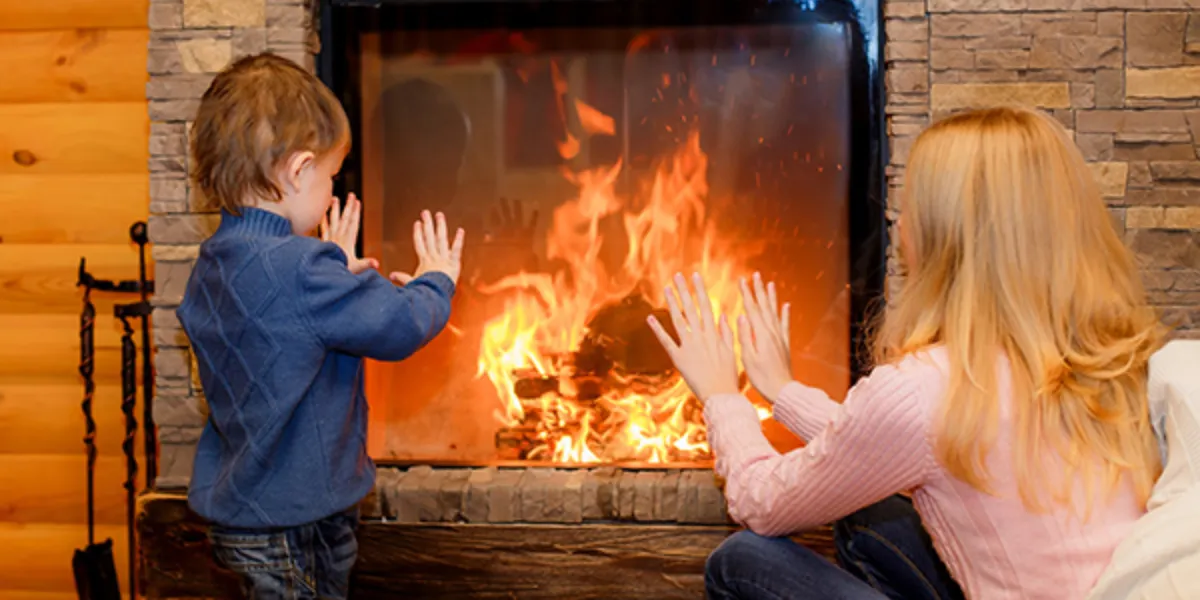
Knowing how to use your heating system efficiently can make a significant difference. Keep your home warm by setting the thermostat to a comfortable temperature, closing off unused rooms, and using space heaters cautiously. In case of a power outage, have alternative heating methods like a wood-burning stove or kerosene heater.
Food and Water Supply
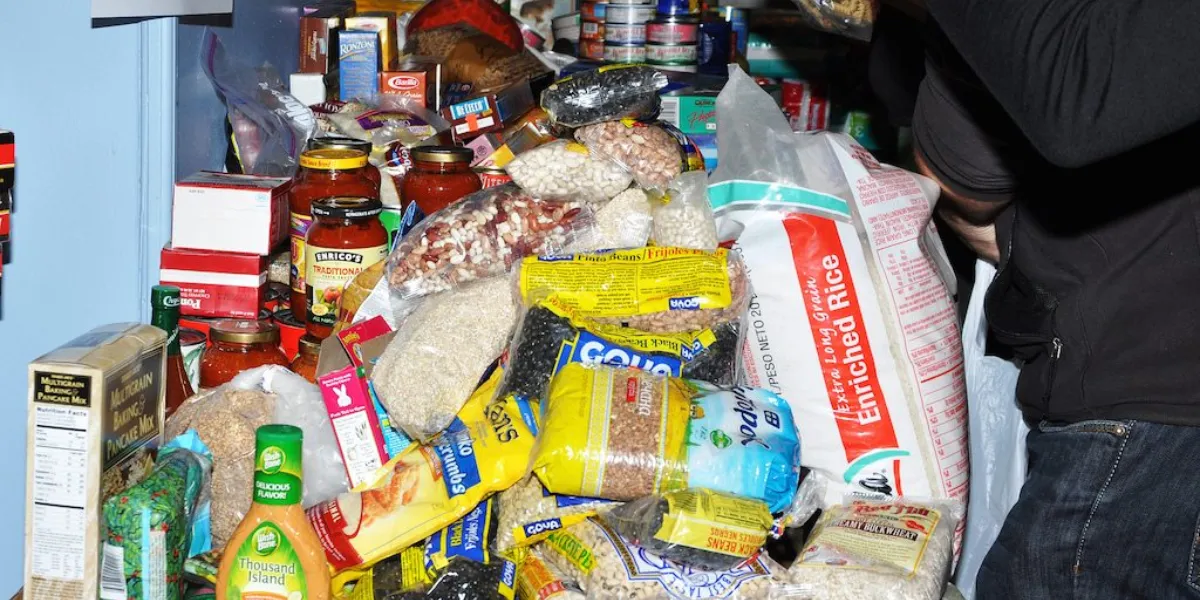
A reliable food and water supply is crucial during winter storms. Stock up on non-perishable food items like canned goods, dry goods, and ready-to-eat meals. Store enough clean drinking water for your family, allowing for at least one gallon per person per day.
Communication Tools
Staying connected is vital, especially during isolation caused by severe winter weather. Ensure you have working cell phones, chargers, and a backup power source. Maintain a list of emergency contacts and family members’ numbers. A battery-powered radio can also keep you informed in case of a power outage.
Winter Storm Safety
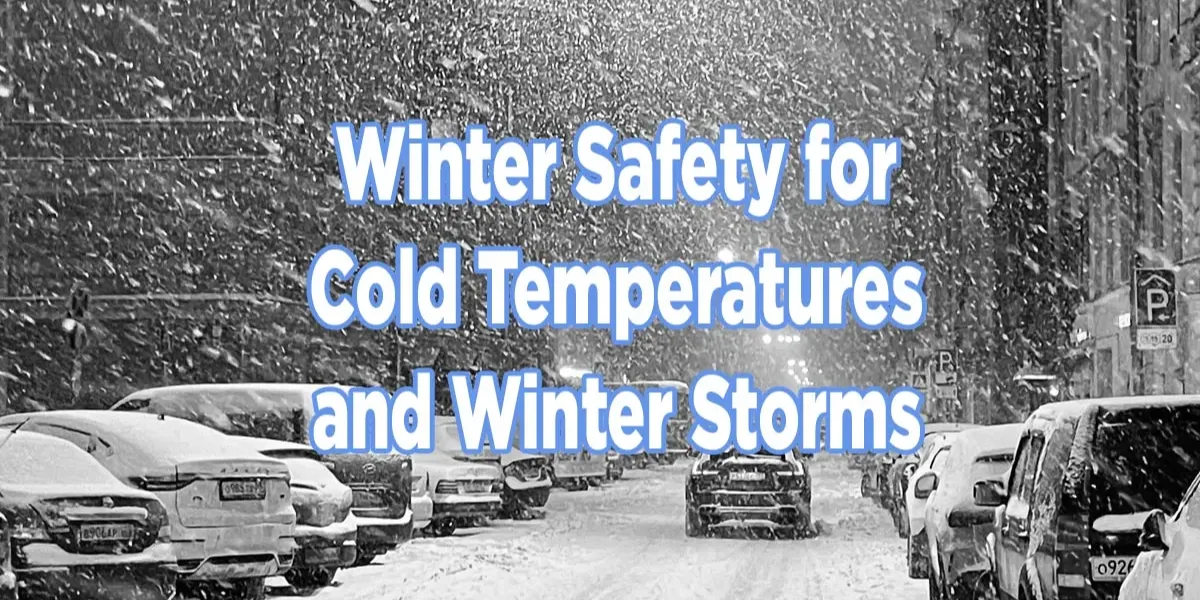
When a winter storm hits, it’s essential to know how to react. Follow these safety measures:
– Stay indoors, if possible, and avoid unnecessary travel.
– Avoid overexertion when shoveling snow or clearing paths.
– Be cautious with alternative heating sources, following all safety guidelines.
– In the event of a power outage, use generators safely to prevent carbon monoxide poisoning.
After the Storm
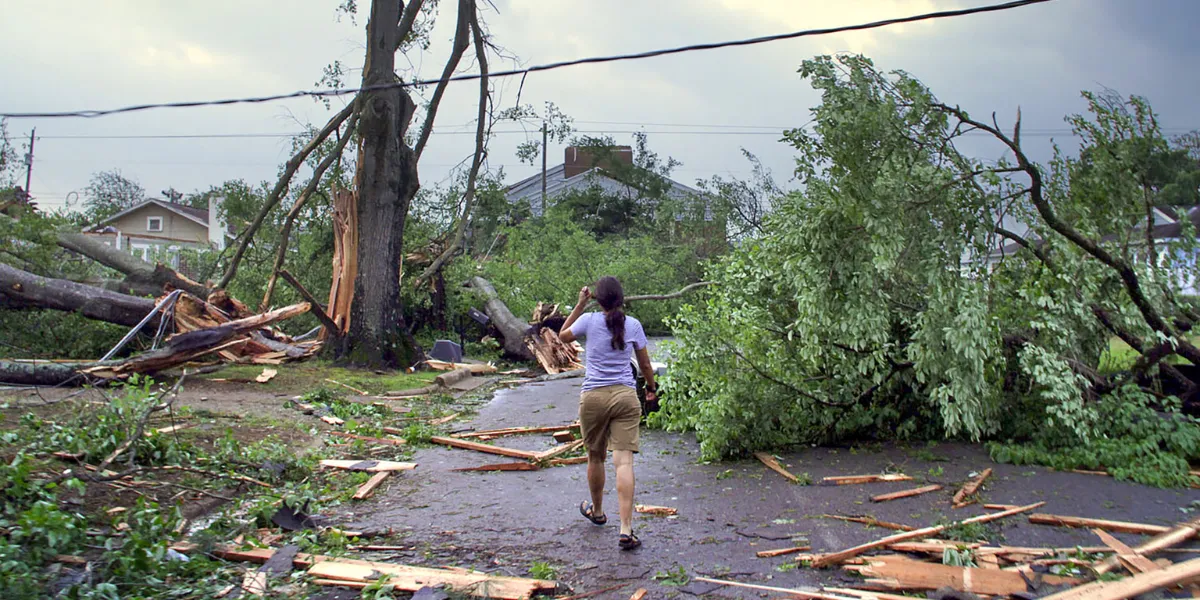
Once the storm subsides, your journey isn’t over. Here are the steps you need to take to recover and return to normal life:
– Check on neighbors and loved ones.
– Assess any damage to your home and prioritize repairs.
– Clear driveways and walkways of snow and ice.
– Rest
ock your emergency kit and supplies for the next storm.
In Conclusion, surviving Ontario winter storms requires preparation, knowledge, and resilience. By following the tips and strategies in this guide, you can not only endure but thrive in the face of winter’s fury. Remember, the key to surviving winter storms is being well-prepared, staying informed, and looking out for one another. Stay safe, stay warm, and stay ready for whatever Mother Nature brings your way.
Click here for more visited Posts!

























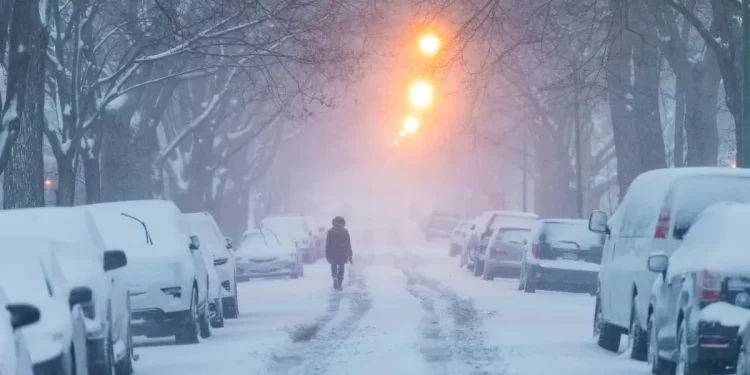















Discussion about this post